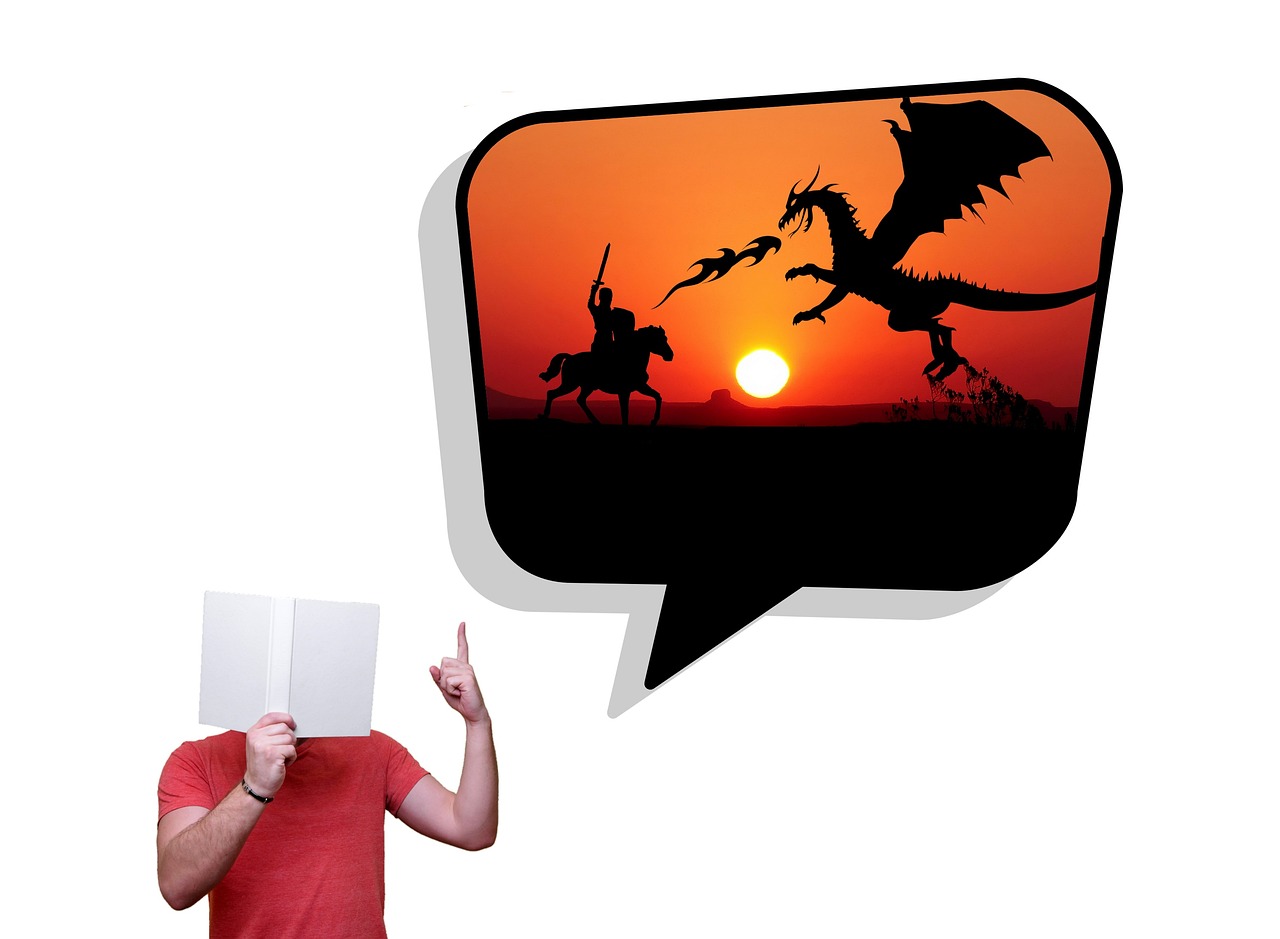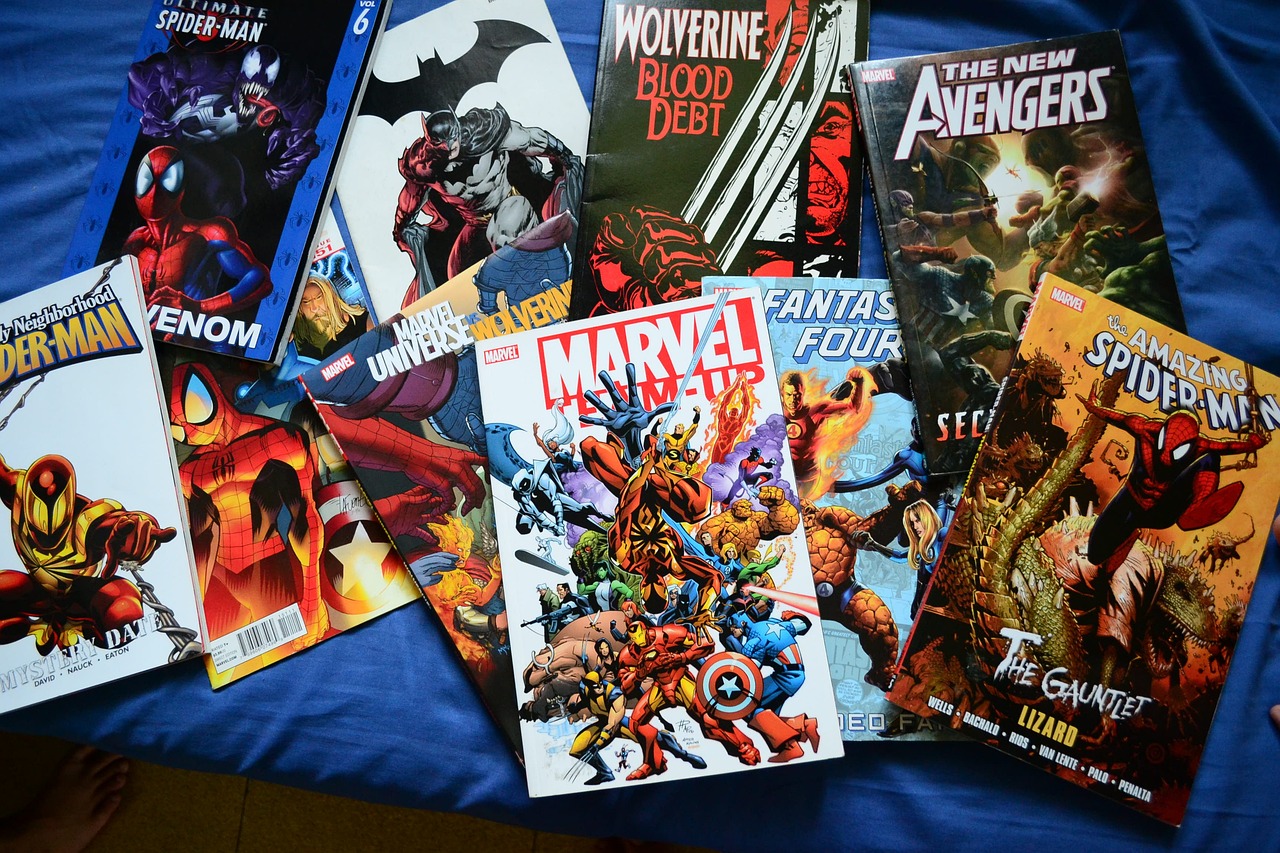Are you looking for a fun and engaging way to teach your students important skills and concepts? Look no further than comics!
Comics have a rich history in education, dating back to the 1940s when they were used to teach soldiers about safety and hygiene during World War II. Since then, comics have been used to teach everything from history to science to social and emotional learning.
One of the biggest benefits of using comics in education is their ability to enhance literacy and vocabulary skills. With their combination of visuals and text, comics provide context clues that can help students better understand and remember new vocabulary words.
Additionally, the visual nature of comics can help struggling readers better comprehend the material, making it a valuable tool for differentiated instruction. So why not try incorporating comics into your lesson plans and see the difference it can make in your students’ learning?
The History of Comics in Education
Let’s explore how comics have revolutionized education by taking a trip down the fascinating history of comics in classrooms!
Comics have been around for centuries, with traces of visual storytelling found in ancient Egyptian hieroglyphics and medieval tapestries. However, it wasn’t until the 20th century that comics gained their evolutionary impact in education.
During World War II, comics were used to educate soldiers on topics such as hygiene, first aid, and military tactics. This led to the creation of educational comic books, which were used in classrooms to teach various subjects.
In the 1950s, comics faced criticism due to their perceived negative influence on children. However, in the 1960s, comics gained cultural significance as a medium for social commentary and political satire.
Today, comics are embraced in education as a valuable tool for engaging visual learners and teaching complex concepts in an accessible format.
Enhancing Literacy and Vocabulary Skills through Comics
Improving literacy and vocabulary skills is achievable with the help of comics, as they offer an engaging and visually stimulating way of learning. Comics aren’t only appealing to children but can also enhance the reading skills of struggling readers.
The combination of text and illustrations in comics helps learners understand the meaning of words and phrases in context, promoting vocabulary growth and improving comprehension. In addition, comics can engage reluctant readers who might not be interested in reading traditional books.
The use of vibrant images and creative storytelling can grab the attention of students who find reading boring, fostering a love for reading and learning. Comics can also teach students about different cultures and historical events, making it easier for them to understand complex concepts and ideas.
Therefore, incorporating comics into the classroom can be an effective way of improving literacy and vocabulary skills while also encouraging a love for reading.
Teaching Social and Emotional Learning through Comics
You can use comics as a tool to develop your social and emotional skills, connecting with characters and storylines that prompt reflection and empathy. By reading comics, you can learn about different cultures, lifestyles, and experiences that promote diversity and acceptance.
For instance, reading comics that feature characters with disabilities or from different ethnic backgrounds can help you understand their struggles and challenges, increasing your awareness and compassion towards others.
Moreover, comics can help you develop empathy by exploring complex emotions and relationships. By following the journey of characters, you can learn how to deal with your feelings and conflicts, as well as how to communicate effectively and build healthy relationships.
For example, comics that deal with themes like bullying, peer pressure, or self-esteem can teach you how to stand up for yourself and others, and how to build resilience and confidence in challenging situations.
Overall, comics can provide a powerful tool for social and emotional learning, helping you become a more compassionate and self-aware individual.
Teaching Science and Technology through Comics
Using comics as a tool for teaching science and technology can make complex concepts more accessible and engaging for students. The use of interactive learning and visual aids can help students better understand difficult topics and retain information more effectively.
By presenting scientific concepts in a visually stimulating and interactive format, students are more likely to be interested and engaged in the material. Comics can also be used to explore scientific concepts in a way that traditional textbooks cannot.
The use of characters and stories can help students connect with the subject matter on a more personal level and understand how it relates to real life situations. Additionally, comics can help students visualize complex scientific processes and theories, making them more tangible and easier to comprehend.
Overall, using comics as a teaching tool can help make science and technology education more enjoyable and effective for students.
Empowering Students through Creative Expression with Comics
Get ready to unleash your creativity and express yourself in a whole new way with the empowering tool of comics!
In today’s classroom, educators are always searching for new and interesting ways to get students engaged and excited about learning. Comics are an excellent way to achieve this goal, as they allow students to express themselves in a visual and creative way.
Comics also encourage critical thinking, as students must consider things like plot, character development, and pacing. By creating their own comics, students can explore their own interests and ideas while also developing important skills that will benefit them in the classroom and beyond.
Through the use of comics, students can take ownership of their learning and express themselves in unique and powerful ways. Comics allow students to tell their own stories, share their own perspectives, and engage with complex ideas in a way that is both fun and accessible.

By incorporating comics into the classroom, educators can create a more dynamic and engaging learning environment that fosters creativity, critical thinking, and a lifelong love of learning. So why not give comics a try in your classroom today? You just might be surprised at the incredible impact they can have on your students!
Frequently Asked Questions
What is the process for creating a comic book?
To create a comic book, start by developing a story and characters. Then, sketch out the panels and dialogue. Add color and shading to bring your artistic storytelling to life.
How do comics compare to traditional textbooks in terms of effectiveness in teaching?
When it comes to engaging students and improving comprehension, comics beat traditional textbooks. Visual storytelling has a profound impact on learning, making comics a powerful tool for educators to consider.
Can comics be used in all subject areas or are they more effective in certain subjects?
You might find comics helpful in teaching some subjects, but not all. Benefits of comics include engaging visual storytelling and easier comprehension, while limitations include lack of depth and difficulty creating specialized content. Integration strategies and challenges vary by subject.
Are there any negative effects of using comics in education?
Using comics in education may impact retention and student engagement positively. However, overuse of comics to replace traditional teaching methods may negatively affect critical thinking and reading skills.
How do educators address the potential bias or stereotypes in comic books when using them as a teaching tool?
When using comics as a teaching tool, you can address potential bias or stereotypes by selecting inclusive comics, discussing representations with students, and using critical thinking to analyze portrayals of marginalized groups.
Conclusion
Congratulations! Now you’ve got a better understanding of the role of comics in education. Comics have the ability to enhance literacy and vocabulary skills, teach social and emotional learning, and even teach science and technology concepts, all through visual storytelling. And not only that, but comics can also empower students through creative expression.
Whether you’re a teacher, student, or just someone interested in education, comics can be a useful tool to have in your arsenal. So go ahead and pick up a comic book or graphic novel and see for yourself how this unique medium can contribute to your learning experience. Who knows, you may just find yourself becoming a comic book aficionado!










